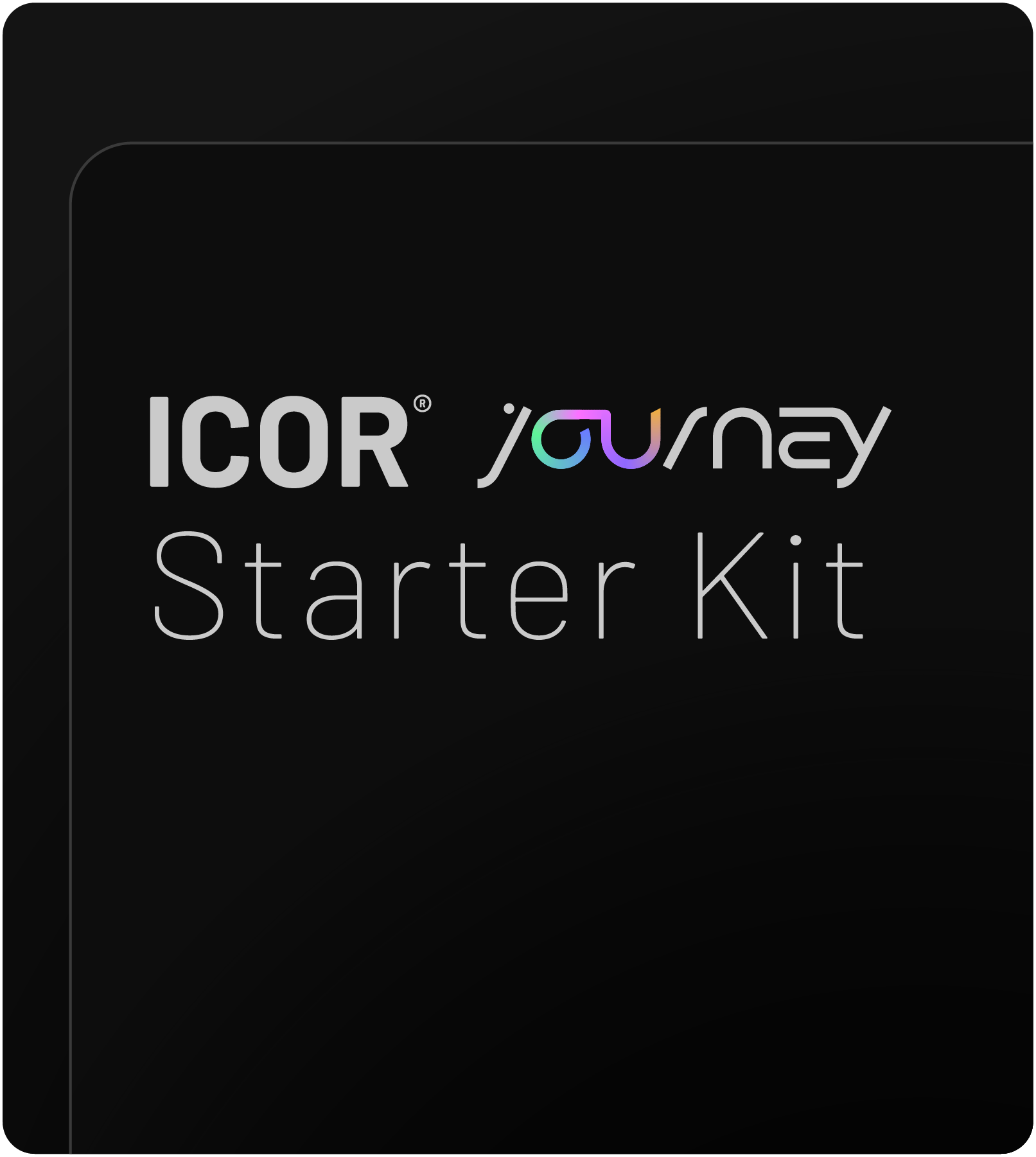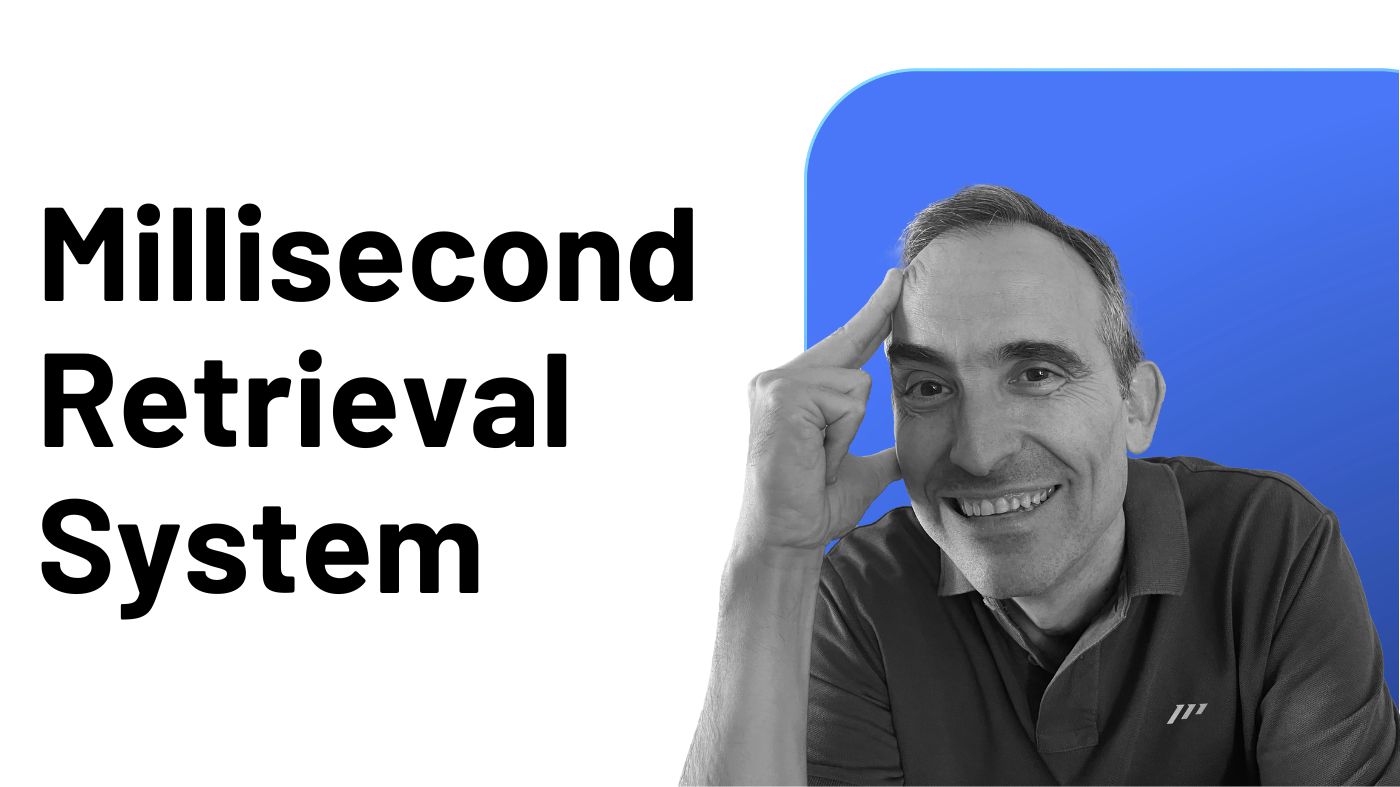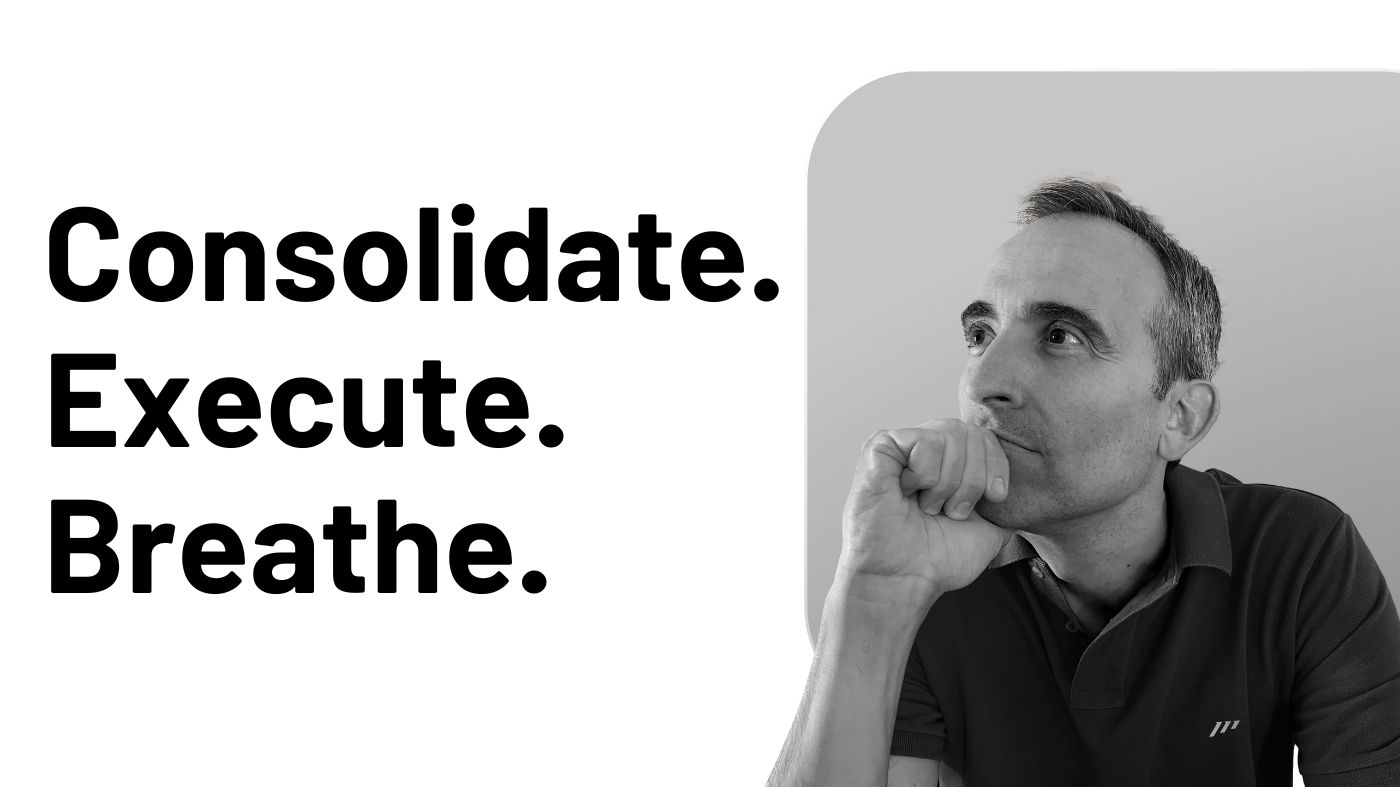As a business professional, you have ambitious intentions with your vision, goals, and day-to-day to-dos.
It’s easy to get overwhelmed with the sheer amount of things on your plate and how to do them, especially when it comes to your workflow operations.
People reach out to us at the Paperless Movement® to improve their productivity and workflows.
Two of the most repeated questions are these:
- “How can I implement automation as this will make me more productive?”. Well, not yet. In fact, automation is the last part (stage 4, REFINE) of what we teach in ICOR®.
- “What’s the best note-taking app, as this will make me more productive too?”. Sorry, there is no “perfect app”. Again, it’s about starting with the basics and finding out what you really need.
Workflows, the Solid Core of ICOR®
When you join the Paperless Movement®, you learn it’s workflows that matter.
You’ll begin to analyze your workflows and find ways to simplify them.
This may seem like an uninteresting part, but it’s huge!
“The leader is one who, out of the clutter, brings simplicity… out of discord, harmony… and out of difficulty, opportunity.”
— Albert Einstein
What Does Simple Mean in Business?
Finding simplicity in your business workflow will make your operations run smoothly. In fact, it can even make you a better leader!
The simpler you can make things, the more precise your vision and clarity for your team.
All of these contribute to improving efficiency, creating an effective workflow, and generating better results.
We tend to believe that something must be complicated to be effective. But this is far from the truth.
We believe we all need a productivity toolkit of ideas, strategies, and tools to fall back on.
That way, when you’re faced with a creativity block or stuck in procrastination mode, you have hacks and tools that you can grab and use, getting you out of that rut quickly and fast.
What Is the KISS Principle?
For those of you who are unfamiliar, KISS means “Keep It Simple Stupid”.
KISS was coined by the American aeronautical engineer, Kelly Johnson.
He told his designers that whatever they made, it had to be something that could be repaired with basic mechanic training and simple tools. If the aircraft weren’t designed simply, it would be useless in a combat environment.
Simplicity was the ultimate driving force of the product.
So, what is the relevance?
Did you know that our minds are hardwired to make some situations far more complicated than they actually are?
We naturally tend to over-complicate life, even when it comes to what we want. We over-analyze, overthink, and generally make matters unnecessarily difficult for ourselves. This is what is known as the “complexity bias”.
“Simplicity can be hard. It is a way of thinking, and it takes discipline.”
What Is the Complexity Bias?
With so many conveniences at our digital fingertips, life should be getting easier, shouldn’t it?
However, it seems the other way around.
Perhaps you’re someone who jumps from project to project without finishing any of them because something new has come along, or you’ve seen a 5-star review of the latest productivity app.
This novel stimulation gets your brain excited. We want to try something new rather than doing the same stuff we already know.
This is the complexity bias at work. So now, you can stop beating yourself up for never finishing projects.
The good news is there are ways you can overcome it so that you can focus and be efficient, as well as truly productive!
Why Is Simplicity So Difficult?
Simple isn’t easy!
It’s imperative to have a workflow system to get things done and, I admit it, it does take effort up-front to design a simple system.
Why?
Because simplicity is deceptive.
Simplicity isn’t about dumbing things down. It’s about looking at all of the requirements and, only then, strategically, eliminating the things that aren’t essential.
By doing that, you end up with a customized system built to fit your needs perfectly.
I’ve tried my best to make this happen within this article, sharing a 4-step mental model I do recommend to give a try.
So, without further ado, let’s dive in!
Step 1: Listing
Make a list of all the things you do each day and what you want to accomplish over the long term.
Identify the tools you can use to help organize those tasks, along with reminders or time trackers that can help you stay on track.
If you don’t have a Productivity System in place, this list will help get you started building your system.
If you already have a Productivity System, this list can help you see the extra steps, apps, and tools you have in your system that you don’t need.
Step 2: Start Simplifying
Ask, what can I remove?
Are there steps in your system that you could shorten or skip altogether?
Adjust or remove them. The key is to look for the essentials.
Focus on this core part and try your best!
Step 3: Sharing
Show or share your conclusions with someone.
This is pretty helpful:
- If it’s easy for them to understand, you can be reasonably sure it’s simple.
- If they struggle, you’ll clearly know which areas of your system can be simplified even further. Better still, feel free to share your setup in the Paperless Movement® Membership, and you’ll have lots of support and suggestions.
Step 4: Simplify Once Again!
Cut back what you don’t need and keep the rest.
The goal is to stay aware of your tendency to overcomplicate things and make the systems that work for you as simple as possible.
Don’t take the analysis too far or look for it to be perfect.
This will be the “complexity bias” creeping in again!
It can be tempting to cut back in the name of simplicity and actually lose the benefit of KISS.
An additional pro-tip: when it’s time to make changes, make them in small steps and only when warranted. This way, you’ll see the effects.
Takeaways
Let’s be clear, getting your useable workflow in place will take a bit of effort, but it will be so worth it!
Rather than looking for the most elaborate method or doing lots of things all at once, follow a simple structure consistently over time, and you’ll reap the rewards.
Yes, simple can be mundane and perhaps boring, but the best ideas come from a simple, consistent process that you actually use.
Remember: complexity seems appealing because you feel like you’re getting the best of everything.
Now, you know this isn’t the case:
- You can also cut yourself some slack and know that you aren’t being irrational when you lose focus.
- You’re aware of some of your innate biases, and you can use these principles to help you. You can only make changes in your work and life when you’re aware.





